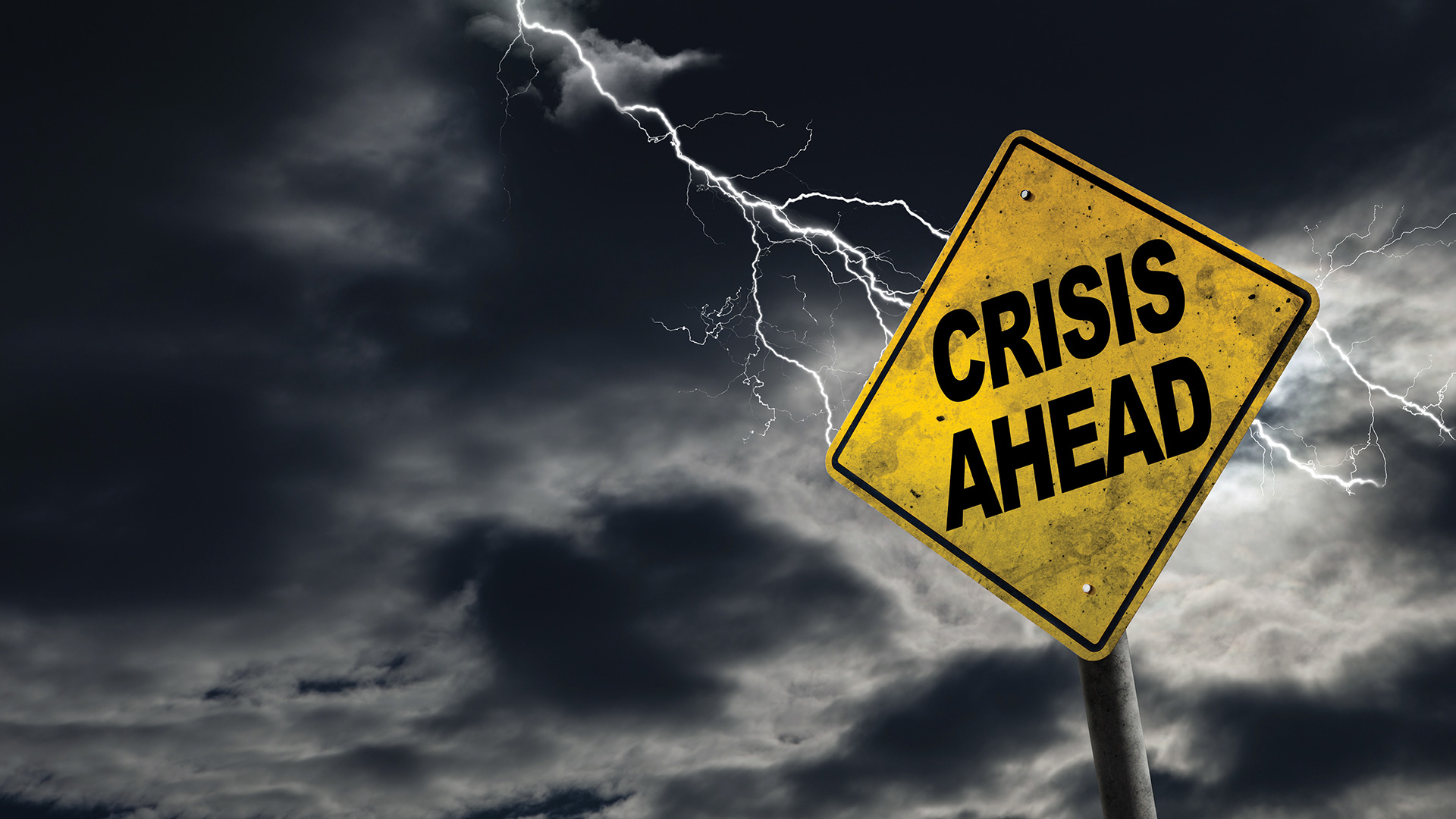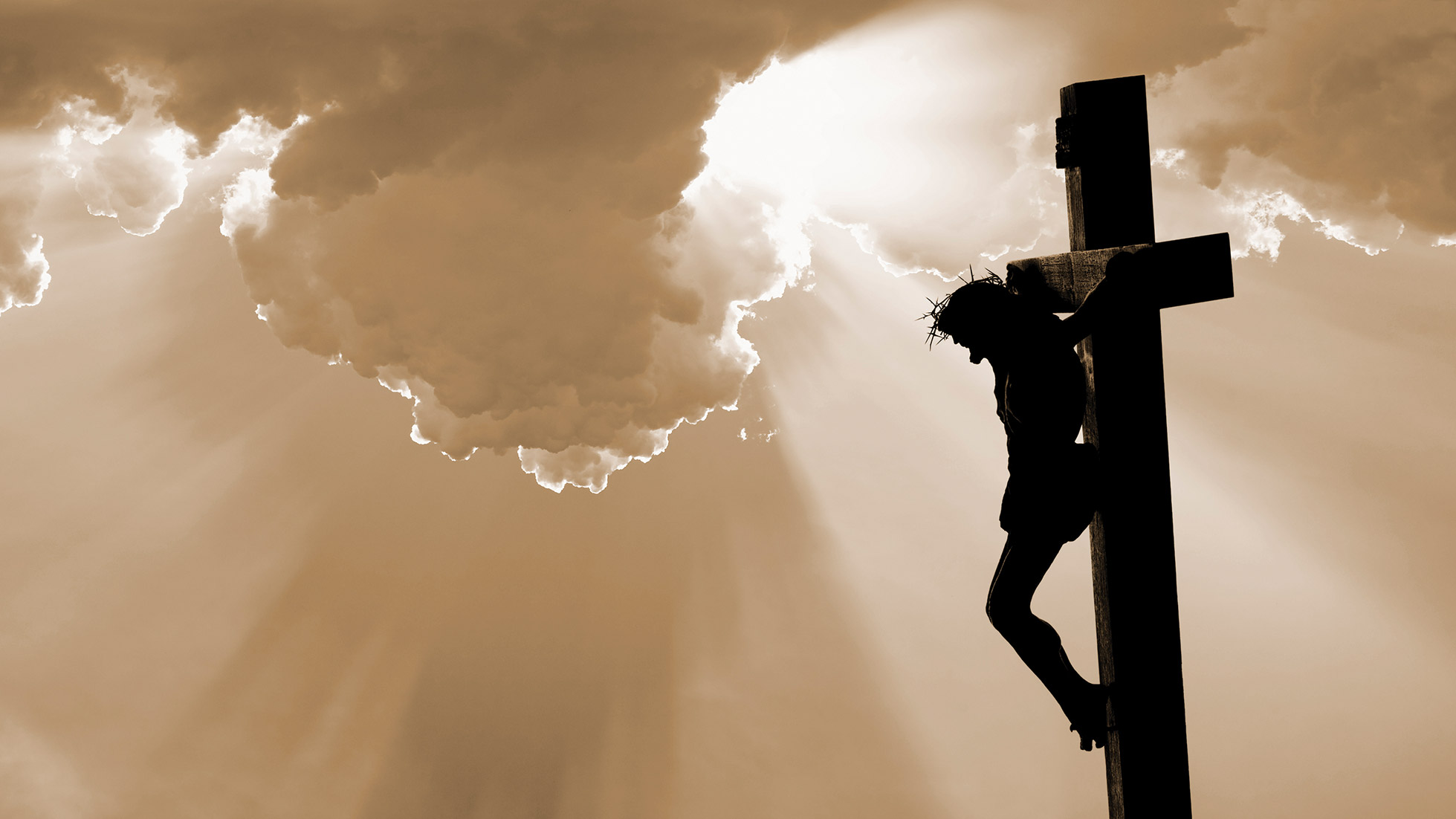
In 1991, authors William Strauss and Neil Howe published Generations, theorising that every 80 years (one generation cycle) would consist of four “turnings”. Beginning after a crisis, the first turning would involve a feeling of recovery, or “high”. The second would be a spiritual awakening, while the third would see the dissolution of institutions and the rise of individualism. And finally, a crisis in the fourth turning would see death and destruction in the form of a war or revolution, before the cycle restarted again.
The authors claim this “generational theory” is based on social science and historical patterns. Tracking the “transcendental generation” of the late 1700s during the Second Great Awakening right through to today’s Gen Z, the last century has particularly added fuel to the theory. The last generation cycle began after the crisis of World War II, the counter-culture movement of the 1960s and ‘70s and the long boom and economic prosperity of the ‘80s and ‘90s. Fans of the book claim it has prophetic qualities—even more so because 2020 is roughly estimated as the epicentre of the fourth turning, which is marked by crisis.
But, according to Generations, after the crisis the cycle returns to the first turning and the next rotation begins. Humankind is doomed to an endless sequence of repeating the mistakes of the past, albeit in new ways. Any change or societal progress is only temporary before a regression into another crisis. The old order destroyed; a new created—but doomed to repeat the past.
The present crisis

For some time now, 2020 has been viewed as a crucial signpost, and not just by Strauss and Howe. In 2004, meteorology journalist Tim Radford boldly predicted the climate crisis of 2020. Significant warming of the earth’s polar caps, alarmingly rising sea levels, devastating drought and crippling famine were all mentioned in his assessment of the future. “Acting now would be too late to avert the challenges of 2020,” Radford wrote in 2004.
But could he have ever imagined the amalgamation of environmental, political and social issues that form the current crisis? After years of drought, devastating bushfires kickstarted 2020 in Australia, garnering worldwide sympathy and devastating a large part of the country’s east coast. Efforts to provide relief after the bushfire crisis were hampered by storms and floods and then months of Covid-19 lockdown. A million coronavirus deaths worldwide by the end of 2020 are likely and the economic impact will reverberate for years to come, even in relatively unscathed countries like Australia and New Zealand.
Then, on May 25, 2020, there was the death of Minneapolis resident George Floyd at the hands of police officer Derek Chauvin. After arresting Floyd for allegedly using a forged bill at a grocery store, Chauvin restrained Floyd by kneeling on his neck for nine minutes, despite the pleas of a breathless Floyd and numerous bystanders. As a result, Floyd died of cardiac arrest.
A generation of tension fuelled by racially motivated police brutality, and wider discrimination and hate towards black communities was the powder-keg blown open by Floyd’s death. Not since the civil rights movement of the 1960s had peaceful protests escalated into riots around the world, with strict government social-distancing measures seemingly forgotten. Public debate erupted around whether violent acts of property destruction were justified means of protesting Floyd’s death, and combatting a generation of hate. Unity was the one encouraging sign through #BlackLivesMatter, but it became clear racism was still a reality in 2020, despite the positive changes since Rosa Parks defiantly sat at the front of a bus in 1955.
Misunderstood cycle breaker
When Jesus was born, He entered a world of tension between the Roman occupation and His oppressed Jewish nation. Many generations of Israelites had lived through cycles of prosperity followed by occupation and enslavement, including under Egyptian and Babylonian empires. They spent 40 years wandering in the desert following God’s promise of a Promised Land, though struggled with obedience to God. Through it all they were holding onto the promise of a King; a Messiah who would free them from persecution. However, Jesus’ mission on earth was not to free one group of people, but rather to free everyone. “Many will come from the east and the west, and will take their places at the feast with Abraham, Isaac and Jacob in the kingdom of heaven,” He predicted (Matthew 8:11). Even until after His death, Jesus’ followers believed He would be a cycle breaker for them: “We had hoped that he was the one who was going to redeem Israel,” said one of them in Luke 24:21.
Jesus was publicly executed with the false expectation of the Jewish nation signposted above His head. “The written notice of the charge against him read: The King of the Jews” (Mark 15:26). Jesus’ offer of eternal peace from violence was rejected by His own nation; a conduit to centuries of suffering that still lasts until today. Although misunderstood by others, Jesus’ mission was made clear in His final prayer for His followers before His death: “My prayer is not that you take them out of the world but that you protect them from the evil one” (John 17:15). There was no other solution for solving humanity’s eternal struggle with the cycle of sin except for a sacrifice. Jesus knew that His death would not eradicate the problem of sin in the world, but would instead secure hope in the present life and a better future for anyone who accepted the gift of His death. The cycle breaker would be His return to save His followers from an earth riddled by sin, and for them to join Him in heaven. “For the grace of God has appeared that offers salvation to all people. It teaches us to say ‘No’ to ungodliness and worldly passions, and to live self-controlled, upright and godly lives in this present age” (Titus 2:11,12).

The final break
When Jesus spoke of present-day problems, His words always had an air of inevitability. Describing the signs of the times—civil unrest, environmental decay and wars—He also warned that “such things must happen” (Mark 13:7). However, He also promised the wisdom of prophets in the end times; individuals who would be divinely inspired to clarify understanding of Scripture. Jesus left rigorous tests to ensure they would be correctly identified, such as in Matthew 7:15–20, but also warned that against blindly following people who claim to have new spiritual insight: “Many false prophets will appear and deceive many people” (Matthew 24:11).
One prophet who is widely believed to have been divinely inspired was Ellen White (1827–1915), the world’s most translated female author and most translated American author of either gender. The role of her writings has often been misunderstood, despite she herself urging that her teachings should be a “lesser light to lead men and women to the greater light”, meaning Christ’s teachings in the Bible. In one of her visions, she was shown the end times as a metaphor; an ever-narrowing road with a deep chasm on one side and a white wall on the other. “The path finally became so narrow that we concluded we could travel more safely without our shoes,” she recalled. In the vision, cords were let down from the wall to hold so that the travellers did not fall over the edge. The path eventually finished and “our whole reliance must be upon the cords”. At the end of the path was what she described as “a beautiful field of green grass . . . bright, soft beams of light, resembling fine gold and silver. . . . Nothing I had seen upon earth could compare.” To reach there required swinging over the abyss by holding the cord. The meaning was then explained to her by a voice: “God holds the cord. We need not fear . . . He will not fail us now. He has brought us thus far in safety.”
Eternal promise
The greater light, the Bible, makes it clear that estimations about the close of Earth’s history will always be fruitless: “No one knows about that day or hour, not even the angels in heaven, nor the Son, but only the Father” (Matthew 24:36). But it does give us hope on how to break the cycle of earth’s history through our individual choices. “For it is by grace you have been saved, through faith—and this not from yourselves, it is the gift of God” (Ephesians 2:8). The final victory through faith, the leap over the chasm when everything is crumbling around us as humankind is doomed to repeat its mistakes, can only be provided by Jesus. He is the ultimate cycle-breaker.
Daniel Kuberek is the assistant editor of Signs of the Times. Passionate about health, fitness and film-making, he lives in Sydney.









